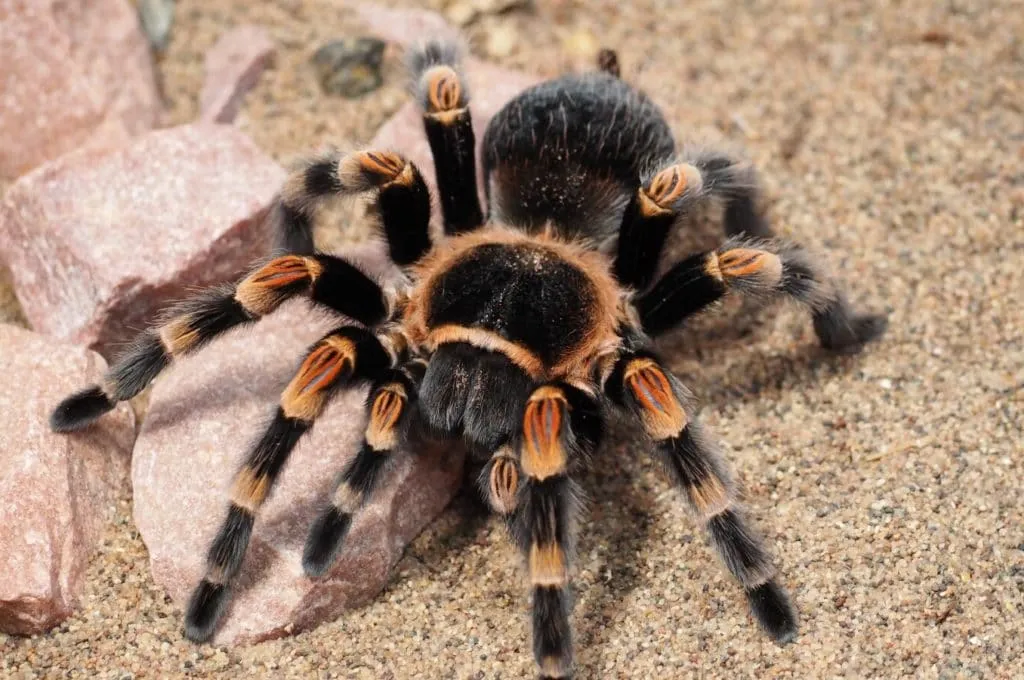Top 5 Facts About Old vs New World Tarantulas
Tarantulas, with their imposing size and fascinating behaviors, have captivated the interest of arachnid enthusiasts and casual observers alike. However, not all tarantulas are created equal. They are broadly categorized into two groups based on their geographic origins: Old World and New World tarantulas. These groups differ in many aspects, including their defensive mechanisms, venom, temperament, and appearance. Understanding these differences is crucial for anyone considering owning a tarantula or simply wanting to learn more about these incredible creatures. This article will delve into the top 5 facts that distinguish Old World from New World tarantulas, providing a comprehensive overview of their unique characteristics.
Fact 1: Geographic Origins
The most fundamental distinction between Old and New World tarantulas lies in their geographic origins. Old World tarantulas originate from regions in Africa, Asia, Australia, and Europe. New World tarantulas, on the other hand, are native to North and South America. This difference in origin has significantly influenced their evolution, leading to different adaptations and characteristics suited to their respective environments. Understanding this basic fact is the first step in appreciating the diversity within the tarantula family and the specific traits associated with each group. Their ancestral habitats have sculpted their behavior, defensive strategies, and overall physiology.
Difference in Habitats
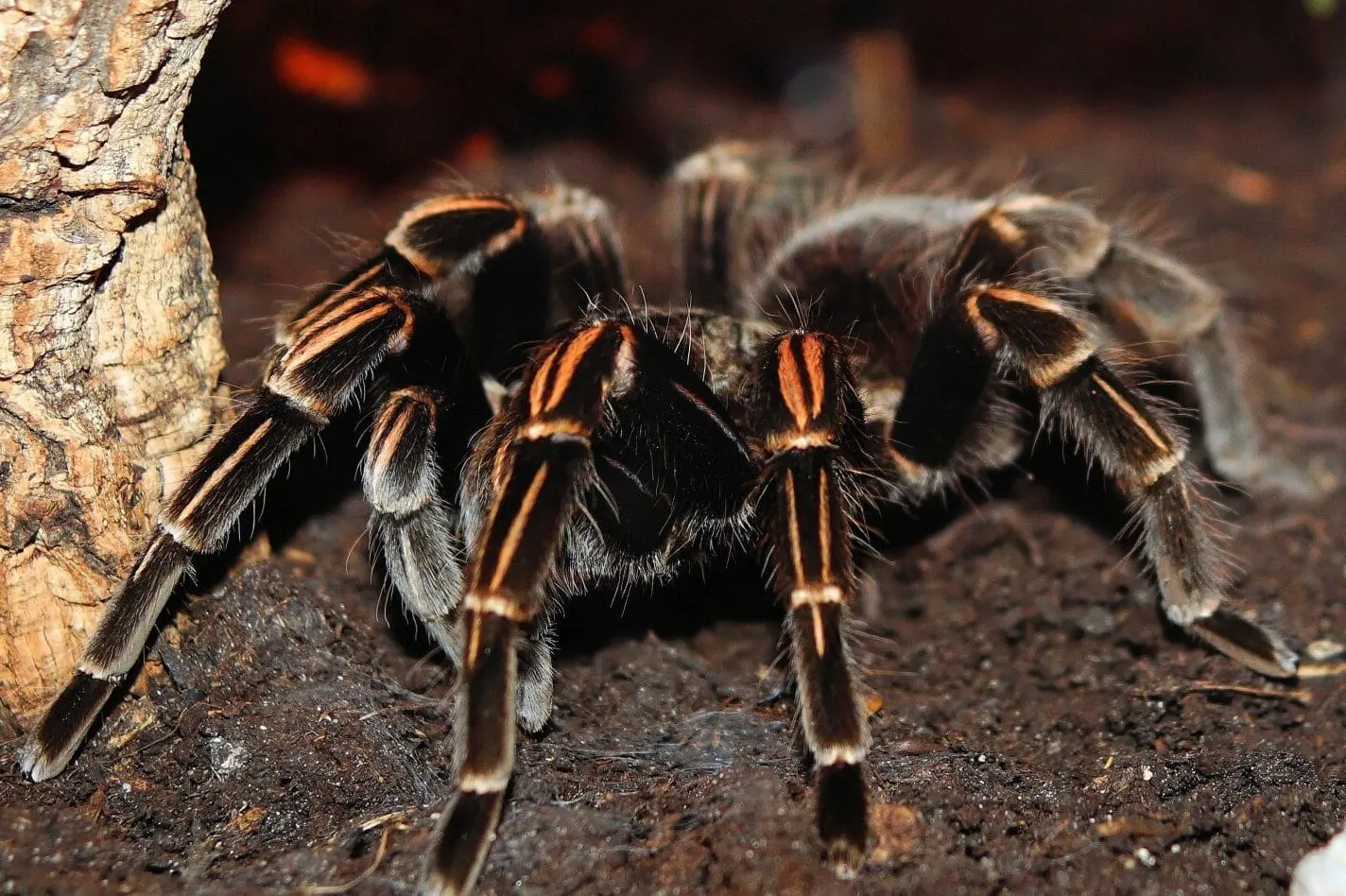
The habitats of Old and New World tarantulas are as varied as the regions they inhabit. Old World tarantulas are found in a range of environments, including tropical forests, arid deserts, and even burrows in grasslands. Their adaptability allows them to thrive in diverse climates, from humid rainforests to dry, rocky terrains. New World tarantulas also occupy various habitats, but are often found in more humid environments, such as rainforests and subtropical areas. These diverse habitats have influenced their evolutionary adaptations. Old World species, for example, might be more aggressive due to the need to defend themselves against predators in their environments. New World species often rely on different defensive strategies, such as urticating hairs, which are adapted to evade predators in more specific climates and environments. (old-world-tarantula-habitat.webp, new-world-tarantula-habitat.webp)
Common Species
The two groups present a wide variety of species with their own distinctive characteristics. The Old World group includes species like the Heteroscodra maculata (Togo Starburst), known for its aggressive behavior and potent venom, and the Psalmopoeus irminia (Venezuelan Sun Tiger), appreciated for its vibrant colors. The New World boasts species like the Grammostola rosea (Chilean Rose), a popular pet due to its docile nature and the Brachypelma hamorii (Mexican Red Knee), famous for its striking markings. Each species, whether Old or New World, presents a unique window into the fascinating world of tarantulas, showcasing a rich tapestry of adaptations and behaviors shaped by their environment.
Fact 2: Defensive Mechanisms
One of the key differences between Old and New World tarantulas is their primary defensive mechanism. While both groups have fangs and can bite, they employ different strategies to ward off predators. Old World tarantulas are generally known for their aggressive nature. They are more likely to bite when threatened and possess more potent venom. New World tarantulas, on the other hand, often utilize urticating hairs, which they flick from their abdomen toward perceived threats. This difference in defensive strategies has evolved over time as a result of varying pressures and environmental factors within their respective habitats. This divergence also makes them distinctive in handling and pet ownership.
Urticating Hairs Explained
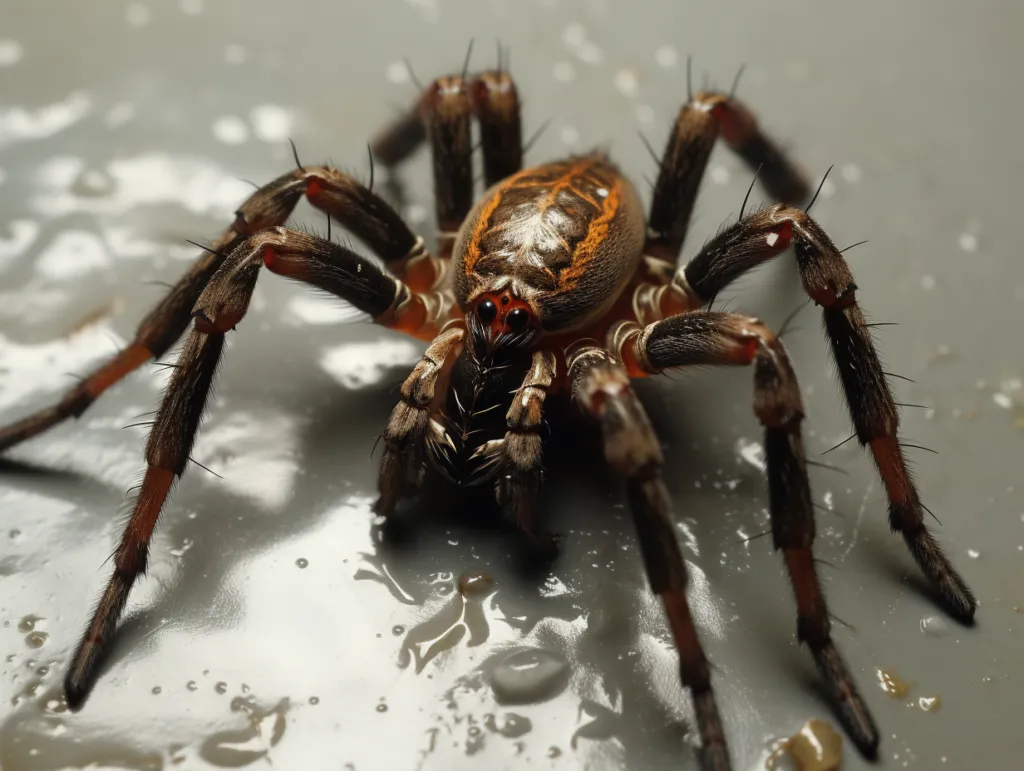
Urticating hairs are tiny, barbed hairs located on the abdomen of most New World tarantulas. When threatened, the tarantula uses its legs to brush these hairs off, launching them towards the perceived threat. These hairs can cause intense itching and irritation on the skin, and can be particularly harmful if they come into contact with the eyes or respiratory system. The evolution of urticating hairs has proved an effective defense strategy for New World tarantulas against predators. These hairs are not present in Old World tarantulas, which has a different set of defense mechanisms. (tarantula-urticating-hairs.webp)
Bite Potency
In contrast to the New World’s reliance on urticating hairs, Old World tarantulas often have more potent venom. While a tarantula bite is rarely fatal to humans, Old World tarantula bites can be significantly more painful and can cause more severe localized symptoms, such as muscle cramps, intense pain, and other systemic reactions. The venom’s potency is a key factor in their defensive strategy, allowing them to subdue prey and deter potential predators. The potency of the venom varies among species. It is crucial for owners to be extremely cautious and take necessary safety precautions when dealing with Old World tarantulas.
Fact 3: Temperament and Handling
The temperament of Old and New World tarantulas can differ significantly, greatly affecting their suitability as pets and the appropriate handling techniques. Generally, Old World tarantulas are considered to be more aggressive and defensive. They are quick to bite when threatened and may display defensive postures more frequently. In contrast, many New World tarantula species are known for their more docile nature and are less likely to bite. This difference in temperament has a direct impact on how they are handled and interacted with, making it crucial for owners to understand these behavioral differences. (handling-tarantula.webp)
Handling Recommendations
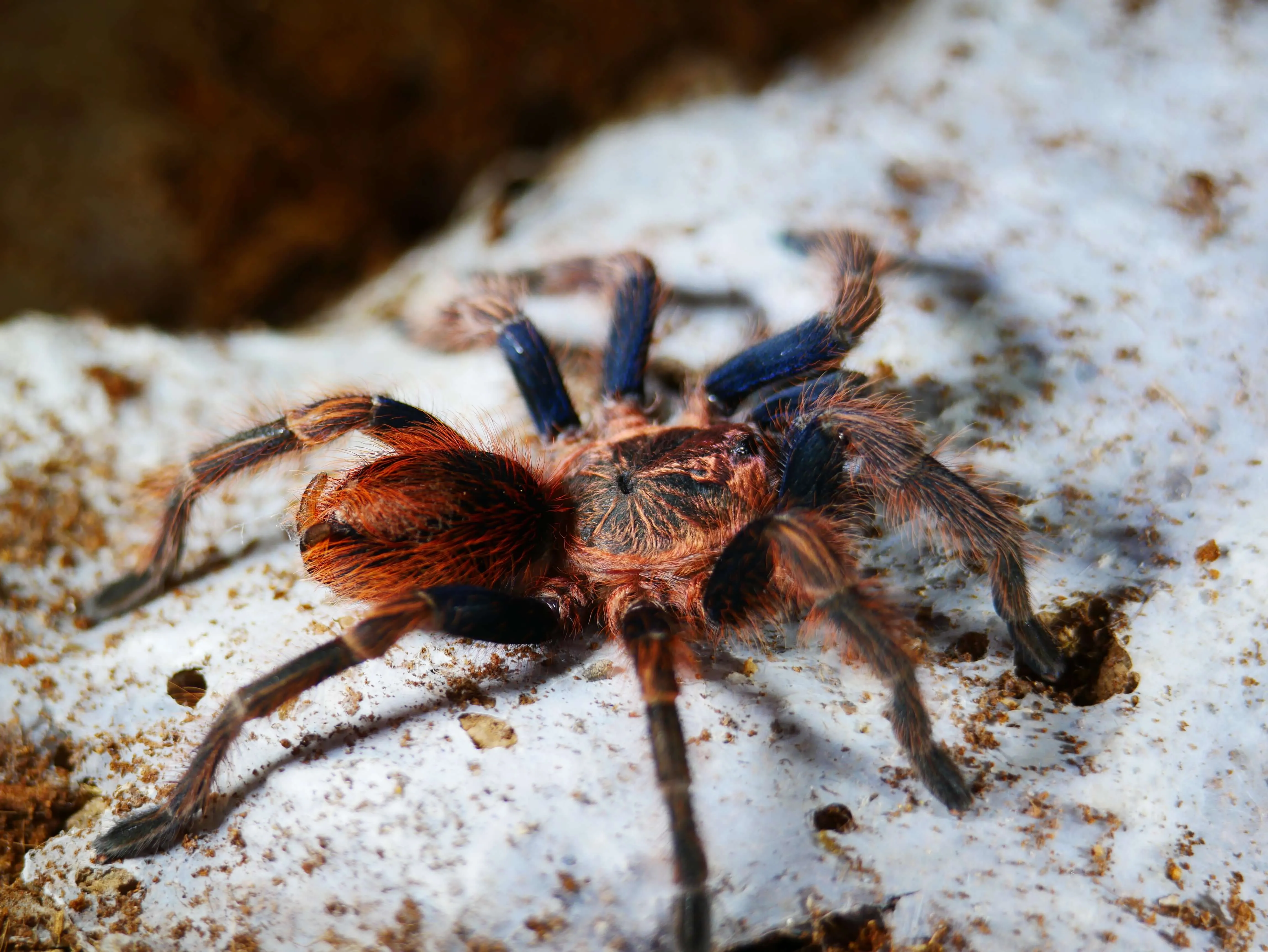
Due to their potential for aggression and potent venom, handling Old World tarantulas is generally not recommended, especially for inexperienced keepers. If handling is necessary (e.g., for habitat maintenance or medical examination), it should be done with extreme caution, using tools such as long tongs to minimize direct contact. New World tarantulas are typically more tolerant of handling; however, it should still be minimized to reduce stress for the spider. When handling, do so close to a soft surface to prevent injury if the tarantula falls. Always wash your hands before and after handling any tarantula. Even docile species can be unpredictable.
Behavioral Differences
Observing the behavior of Old and New World tarantulas can reveal key differences. Old World tarantulas are often more alert, frequently displaying threat postures such as raising their front legs and exposing their fangs. They may also exhibit erratic movements when disturbed. New World tarantulas, in contrast, tend to be calmer. They often retreat to their burrows or flick urticating hairs as a primary defense. Recognizing these behavioral differences is essential for providing appropriate care and understanding their reactions to environmental stimuli and human interaction.
Fact 4: Venom & Bites
The venom and resulting bites of Old and New World tarantulas also present differences. Old World tarantulas tend to have more potent venom that causes greater pain and can trigger more severe symptoms, such as localized muscle cramps and other systemic effects. New World tarantulas usually have less potent venom, but can cause irritation from urticating hairs. Understanding the potential effects of their respective defenses is important for responsible ownership and for appropriate first aid measures. (tarantula-bite-treatment.webp)
Venom Toxicity Levels
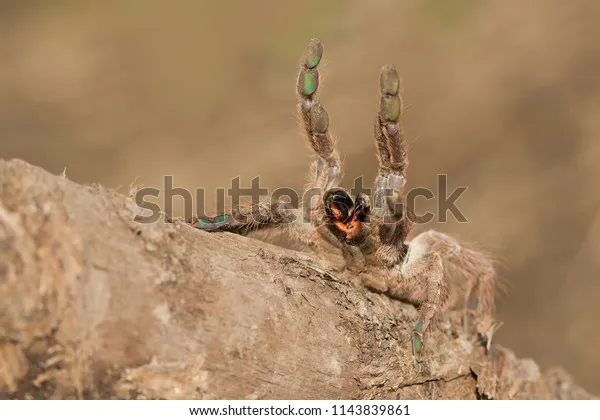
The toxicity levels vary significantly. The venom of Old World tarantulas can induce more severe reactions, including intense pain, muscle cramps, and other symptoms. While bites from both groups are rarely fatal to humans, Old World tarantulas pose a higher risk of causing significant discomfort and distress. The venom’s composition and potency are key factors in the severity of a bite, affecting the extent and duration of symptoms. Conversely, the venom from New World tarantulas is generally considered less toxic, although allergic reactions can still occur.
First Aid
In the event of a tarantula bite, immediate first aid is important. Wash the bite area thoroughly with soap and water. Apply a cold compress to reduce swelling and discomfort. Seek medical attention if symptoms are severe, such as difficulty breathing, excessive swelling, or systemic reactions. For urticating hairs, rinse the affected area thoroughly with water and remove any hairs with tape. Avoid rubbing the area, as this can spread the hairs. Monitor for any allergic reactions or other concerning symptoms and consult a medical professional as needed.
Fact 5: Appearance & Colors
The appearance of Old and New World tarantulas offers fascinating distinctions. While both groups exhibit a range of colors and patterns, there are characteristic differences. New World tarantulas often feature vibrant and striking colors, while Old World tarantulas sometimes have a more uniform or drab appearance. These variations are not only aesthetic but also play a role in camouflage and communication within their respective environments. (tarantula-color-variations.webp)
Identifying Features
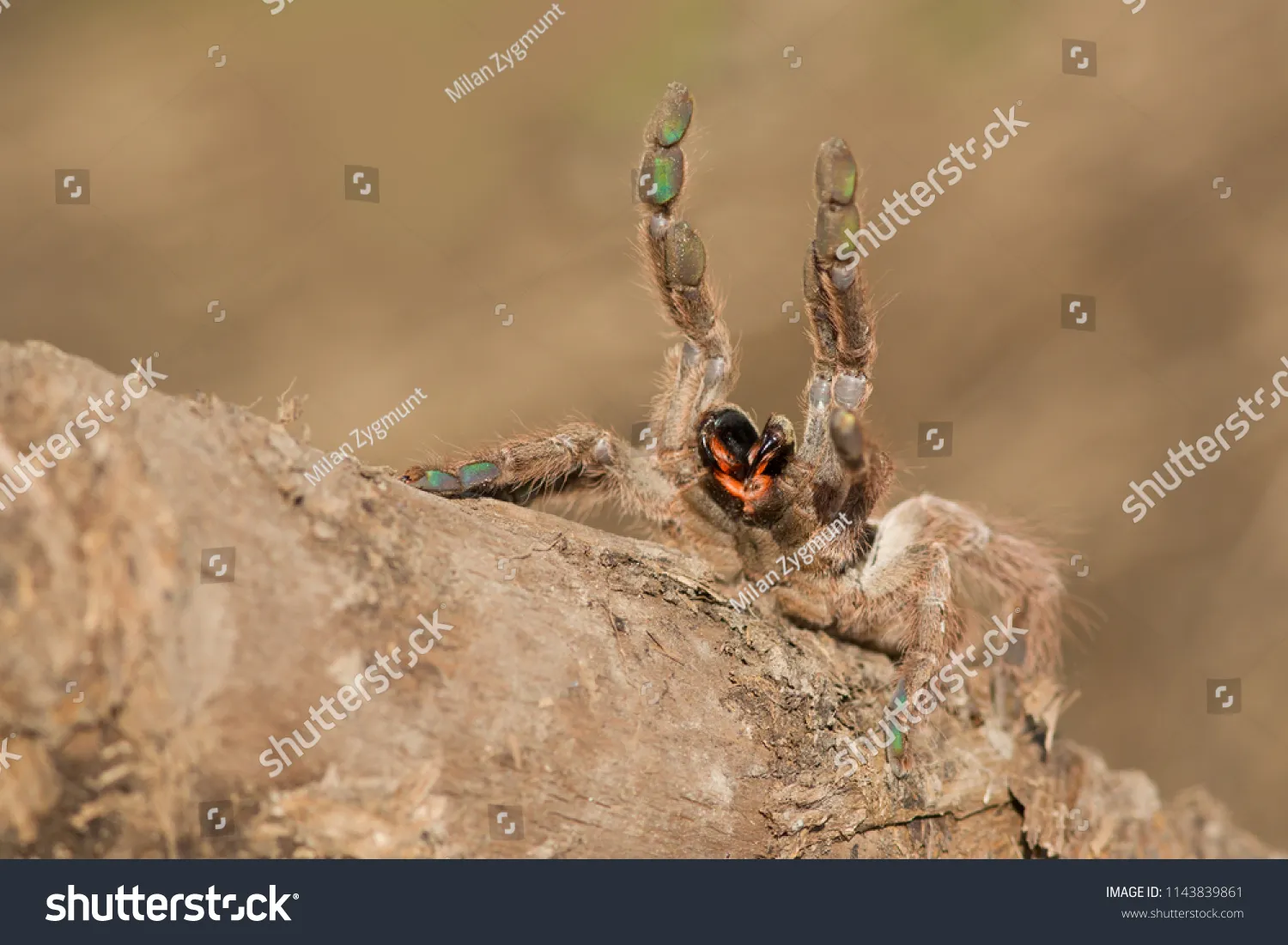
Identifying features can help differentiate between these groups. Many New World tarantulas have a dense covering of urticating hairs on their abdomen, which can be observed with the naked eye. Old World tarantulas lack these hairs. Body size and leg span also vary between species, but these features are not always reliable. The presence of urticating hairs is often the most accessible and clear identifier. The presence or absence of these hairs immediately indicates whether a tarantula belongs to the New or Old World group, providing instant classification.
Color Variations
Color variations among tarantulas are remarkable. New World tarantulas are known for their brighter colors, including shades of red, orange, and blue, often displayed in complex patterns. For example, species like the Mexican Red Knee tarantula have vibrant red and orange markings, while others feature iridescent blue hues. Old World tarantulas often exhibit more subdued colors, although some species display vibrant patterns, such as the Togo Starburst. Coloration serves various purposes, including camouflage, communication, and mate attraction.
In conclusion, the distinctions between Old and New World tarantulas are multifaceted and significant. From their geographic origins and defensive mechanisms to their temperament and appearance, these two groups of tarantulas showcase the diversity within the arachnid world. Understanding these differences is essential for anyone interested in owning or simply learning about these captivating creatures. By considering their geographic origins, defensive mechanisms, temperament, venom, and appearance, you can gain a deeper appreciation for the unique characteristics of each group. As responsible pet owners and enthusiasts, we can ensure the safety and well-being of both the tarantulas and ourselves.
